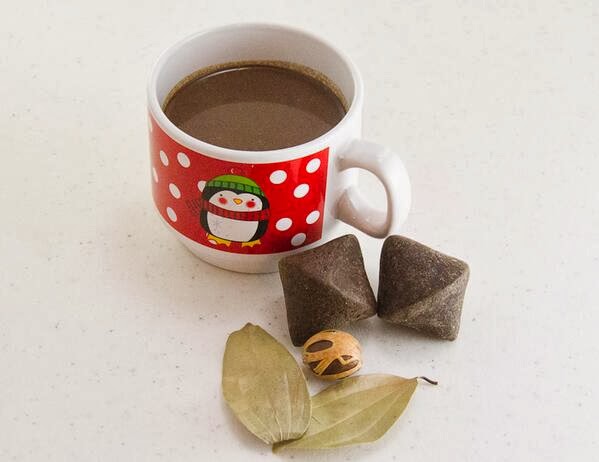Governor-General His Excellency the Most Hon. Sir Patrick
Allen presents a copy of the proclamation declaring February 26, 2010 'Jamaica
Day', to Director of the Culture in Education Programme in the Education Ministry,
Amina Blackwood Meeks, at King's House in Kingston on Friday, January 15 ,2010
Governor-General His Excellency the Most Hon. Sir Patrick
Allen, has said that the celebration of 'Jamaica Day' in schools is an ideal
way to instil the spirit of nationalism in citizens that is necessary for the
social development of the country.
"Jamaica Day provides a good opportunity for all
Jamaicans to partner with young people to help define and create the most
suitable context within which Jamaicans can be the best example of humanity,
first to Jamaicans and ultimately to the rest of the world," he stated.
He said that now is an opportune time to enhance the profile
of Jamaica Day, and therefore broaden national participation in the activities
in order to align with national development objectives.
The Governor-General commended the programme and supporting
agencies for the level of enthusiasm and interest shown in "branding
Jamaica in the hearts of our children," noting that it is very important
"that each Jamaican has a vision of what it is to be a Jamaican, not just
in terms of being born here, but also what is involved in being a good
citizen."The entire Jamaica, every single citizen, every man, woman, boy
and girl, the business community, should make this the best Jamaica Day,"
'Jamaica Day' is celebrated once every academic year, on the
last Friday in February and is designated to showcase aspects of Jamaica's
culture through the performing arts, visits to historical sites, sporting
activities and recognition of outstanding citizens.
The Culture in Education Programme, which places culture as
the context, content and methodology for learning, is used as a mechanism
within the classroom to enrich curriculum delivery.
While you're visiting...stop by and ✿ LIKE ✿ page



.jpg)


.jpg)
.jpg)

.jpg)
.jpg)
.jpg)
.jpg)















